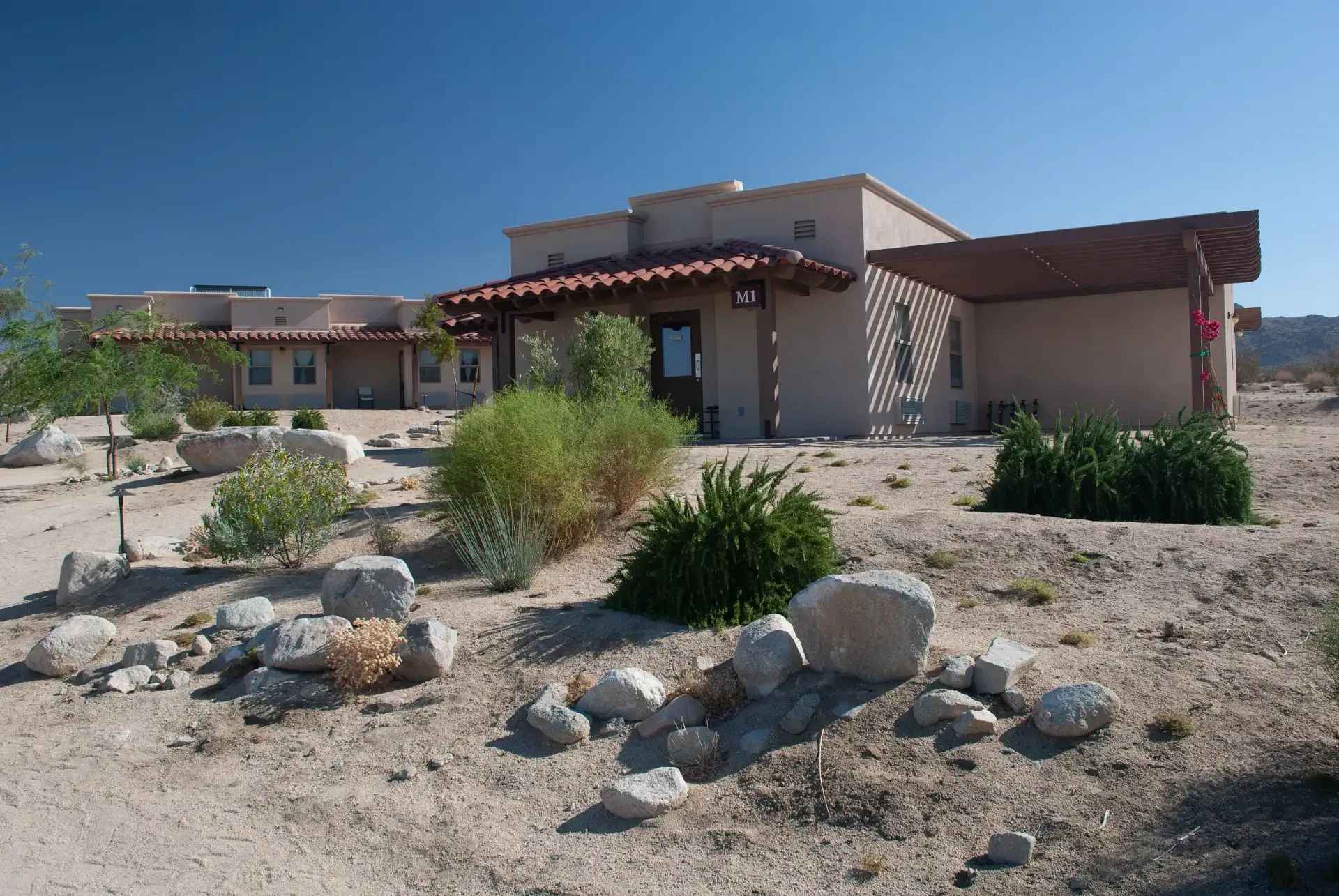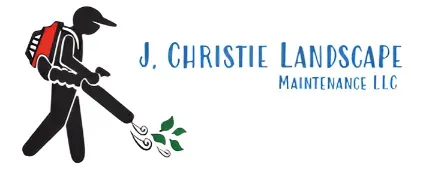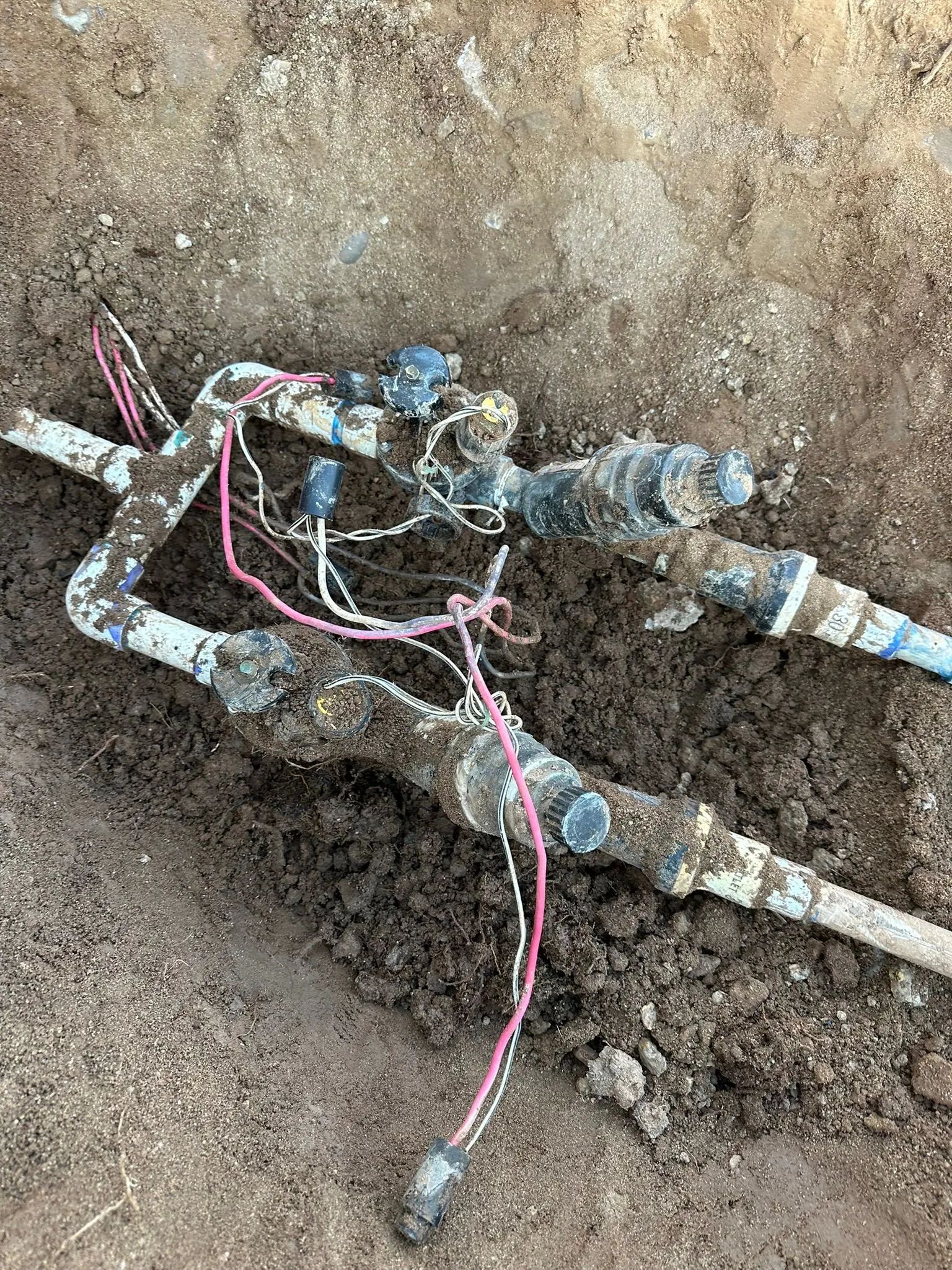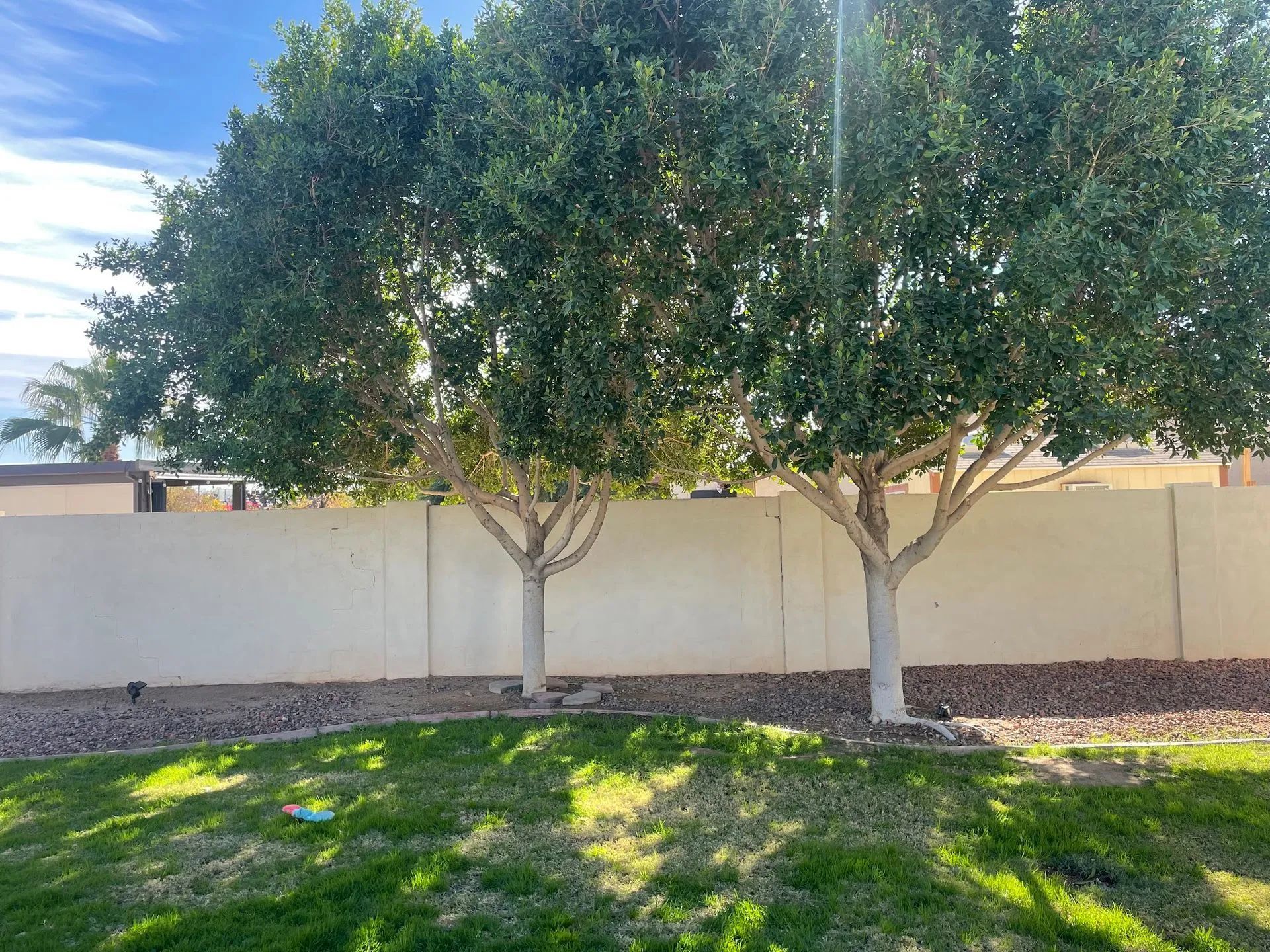What Affects the Tree Removal Price? A Breakdown for Homeowners
May 21, 2025
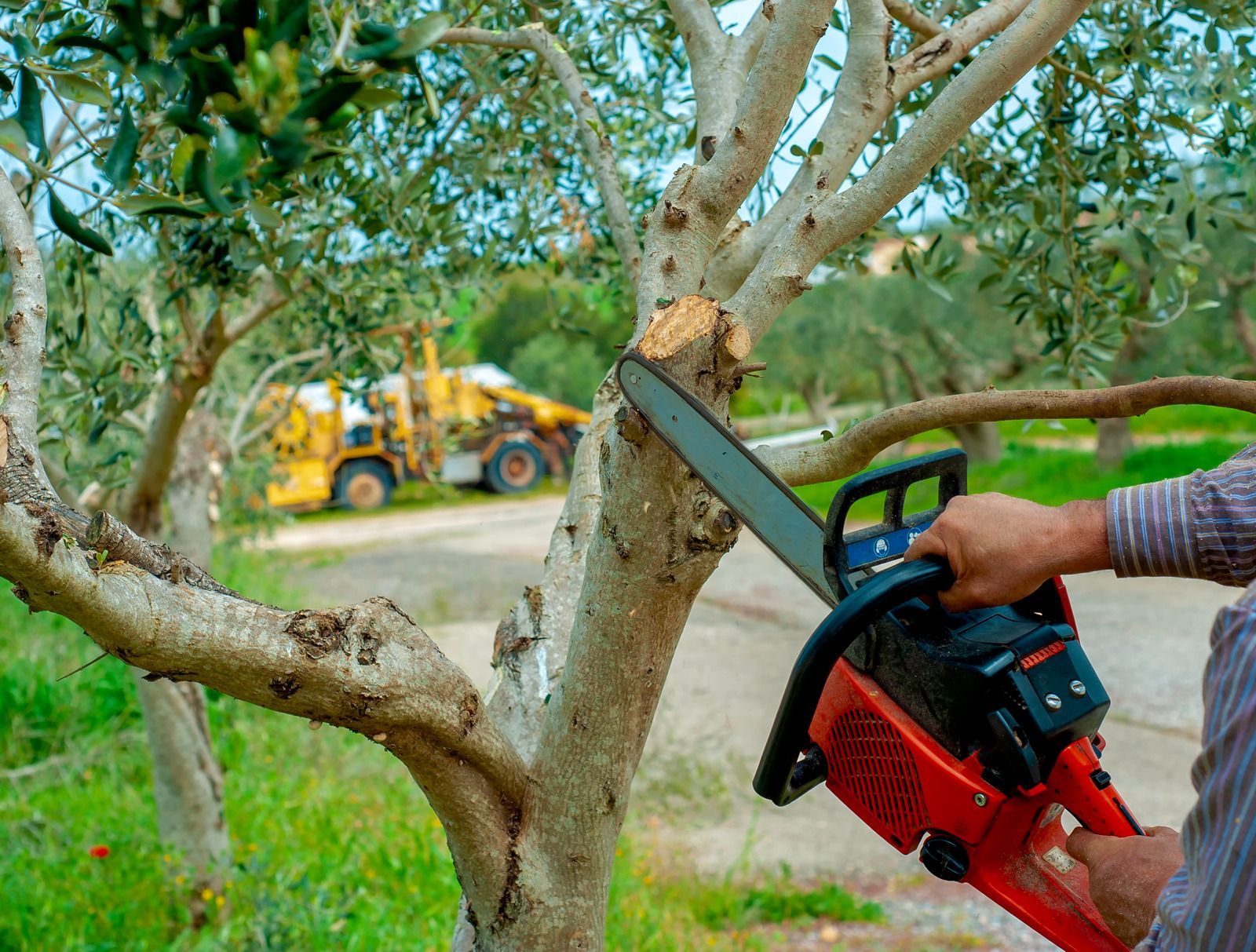
If you’ve ever had to deal with a tree threatening your home or cluttering your yard, you’ve probably wondered about the cost of removing it. Tree removal prices vary dramatically depending on a wide range of factors, and that variation can be confusing for homeowners. You can get a quote for a few hundred dollars from one company and several thousand from another for the same job. This blog breaks down what affects the tree removal price so you can better understand what you’re paying for, why the cost fluctuates, and how to make informed choices when hiring a professional.
Tree Size and Its Impact on Tree Removal Price
Tree size is one of the most significant factors affecting total costs. Smaller trees, typically under 30 feet tall, are much easier and quicker to remove. This kind of job doesn’t require extensive equipment or large crews, so the price tends to stay on the lower end of the scale. In contrast, medium-sized trees between 30 and 60 feet require more effort and time. Cutting and lowering tree sections safely and ensuring no damage to nearby structures takes skill and preparation. The complexity rises even further for larger trees—those over 60 feet tall. These removals often need specialized machinery, such as cranes or bucket trucks, and a crew with expert-level experience. When a tree reaches 80 feet or more, the tree removal price can climb significantly due to the work’s high risk and labor-intensive nature.
Tree Removal Price Based on Tree Species
Another critical factor in the overall cost is the species of the tree. Different trees have different characteristics. Hardwood trees, such as oak or hickory, are denser and take longer to cut through. That additional labor translates into a higher tree removal price. On the other hand, softwood trees like pine and fir are less dense, easier to manage, and therefore typically more affordable to remove. Palm trees are a special case. Although not particularly tall or wide, their fibrous trunks and thick fronds often require different tools and techniques. The labor handling these differences can push the cost upward, especially in areas where palms are common and regulated.
Tree Removal Price Varies Depending on Tree Health
A tree’s health can influence its removal’s price and complexity. Dead or dying trees may sometimes be cheaper to remove because they’re brittle and easier to cut. However, if they’ve become unstable, the job may be more dangerous, particularly if the tree’s structure is compromised. That instability increases the risk during removal and can lead to a higher tree removal price. Trees affected by diseases or pest infestations may also be more challenging to handle. Infested trees can attract termites or fungi, and professionals may take special precautions during removal and disposal. These additional steps and safety measures often increase the cost of service.
Tree Accessibility and the Tree Removal Price
Where your tree is located makes a significant difference in the final cost. The job is more straightforward and usually more affordable if the tree is in an open yard with easy access to equipment and vehicles. However, the risk factors increase if the tree is tucked between houses, near fences, above a slope, or near utility lines. Tree removal in tight or obstructed areas often requires climbing or rigging techniques, which demand more time, more skill, and potentially more equipment. Safety becomes a top concern if a tree grows near electrical lines or other infrastructure. In some cases, the power company may need to be contacted, which adds to the planning time and complexity of the project. That complexity will be reflected in a higher tree removal price.
Emergency Situations Causing Tree Removal Prices to Increase
When a tree falls or is in danger of losing after a storm, removal becomes an emergency. These situations can’t wait for regular scheduling. Emergency tree removal often happens at night, on weekends, or in hazardous weather. Emergency jobs usually come at a premium because of the urgency and the higher level of risk. In such scenarios, tree removal professionals may charge double or more than standard pricing. The severity of the situation, the need for immediate action, and the dangers involved all factor into the final tree removal price for emergency services. If the tree has already caused damage or is threatening your home, the cost might also be covered by insurance, depending on your policy and the circumstances.
How Stump Removal Affects Tree Removal Price and Overall Costs
Many homeowners are confused about whether stump removal is included in the quote. Often, it’s not. Removing the tree itself is just part of the job. What remains afterward—the stump—can also be an issue. Some companies offer stump grinding as an optional add-on, while others leave it to the homeowner. Stump removal adds to the tree removal price and may be necessary if you plan to replant, landscape, or build in the same area. Grinding the stump down to ground level is the most common approach, but if complete root removal is needed, that requires significantly more labor and specialized tools, driving up the cost even further.
Tree Removal Price Scaling Based on Quantity
Some homeowners may need to remove multiple trees at once, especially after a storm or during a landscaping overhaul. While it might seem like this would multiply the cost linearly, many tree service companies offer discounted rates for bulk jobs. Removing several trees in a single visit often lowers the per-tree cost because setup time, equipment transport, and crew coordination are spread across a larger project. Even with discounts, the overall tree removal price will rise with each additional tree, so getting an itemized estimate is essential to understand the pricing breakdown.
Cleanup and Disposal Reflected in the Tree Removal Price
Another element affecting the final price is how the debris is handled. After removing a tree, branches, limbs, logs, and leaves must be cleaned up. Some homeowners assume this is included in the base price, but it’s a separate charge in many cases. Tree services may offer several levels of cleanup, from basic brush piling to complete hauling and disposal—the more extensive the cleanup, the higher the tree removal price. If you prefer to keep the wood for firewood or mulch, that may slightly reduce costs, depending on how the service is structured.
Permits, Regulations, and the Tree Removal Price
You may need a permit to remove a tree in many urban or suburban areas, especially for older, historic, or native species. Permit fees vary by location and are sometimes the homeowner’s responsibility, though some tree service companies handle that process for you. Failure to get the necessary permit can result in fines or legal trouble, so checking your city or county’s requirements is vital. Whether you secure the permit or the company does it on your behalf, this administrative step can add to the overall tree removal price.
Tree Removal Price Influenced by Labor, Equipment, and Insurance
Every tree removal job requires people, tools, and safety measures. Labor costs can vary depending on the crew’s expertise, the job’s length, and what equipment is needed. Highly trained teams specializing in complex removals may charge more but typically work more efficiently and safely. Equipment, such as cranes, chainsaws, climbing gear, bucket trucks, and wood chippers, all factor into the cost. These machines are expensive to operate and maintain. On top of that, reputable tree services carry liability insurance and workers’ compensation, which protect both the homeowner and the crew—but those protections also contribute to a higher tree removal price.
Seasonal Timing and Tree Removal Price Fluctuations
You may not think the season would influence tree removal pricing, but it often does. Spring and summer are peak times for landscaping and yard work. That means higher demand for tree services, which can drive prices up. In contrast, winter is usually the slow season for tree removal. Some companies even offer discounts to keep their crews working during the off months. If your tree isn’t an immediate threat, scheduling the removal in the off-season could save you a significant amount on the final tree removal price.
Geographic Location and Tree Removal Price Differences
Geography also plays a significant role in how much you’ll pay. Tree removal costs are generally higher in high-cost-of-living areas or places with strict environmental regulations. Urban areas often have additional challenges, such as limited access or restrictions on noise and equipment, which also drive up prices. In contrast, rural or suburban regions with more open space and less strict regulations tend to have lower tree removal rates. When comparing estimates across areas, consider these economic and logistical factors when evaluating the tree removal price.
How to Get the Most Value From a Tree Removal Price
To get the best value from your tree removal project, it’s essential to shop around, verify credentials, and ask what’s included in each quote. Getting multiple estimates gives you a realistic view of market rates. Asking the right questions about stump removal, cleanup, and permit handling will help you avoid hidden costs. Even though the tree removal price might seem high at first glance, hiring professionals ensures that the job is done safely, efficiently, and in compliance with local laws. Ultimately, your property’s peace of mind and protection are worth the investment.
Tree Removal Price Demystified
No one-size-fits-all answer to a tree removal price exists because every tree, property, and situation differs. Factors like tree size, type, health, location, and season influence how much you’ll pay. Understanding these variables gives you more control over your choices and helps you confidently plan for costs. Whether dealing with a dying oak in your backyard or an overgrown maple threatening your roof, knowing what affects the tree removal price helps you make smart decisions that protect your home and your budget. For more information about tree removal prices, please visit our J. Christie Landscape blog.
